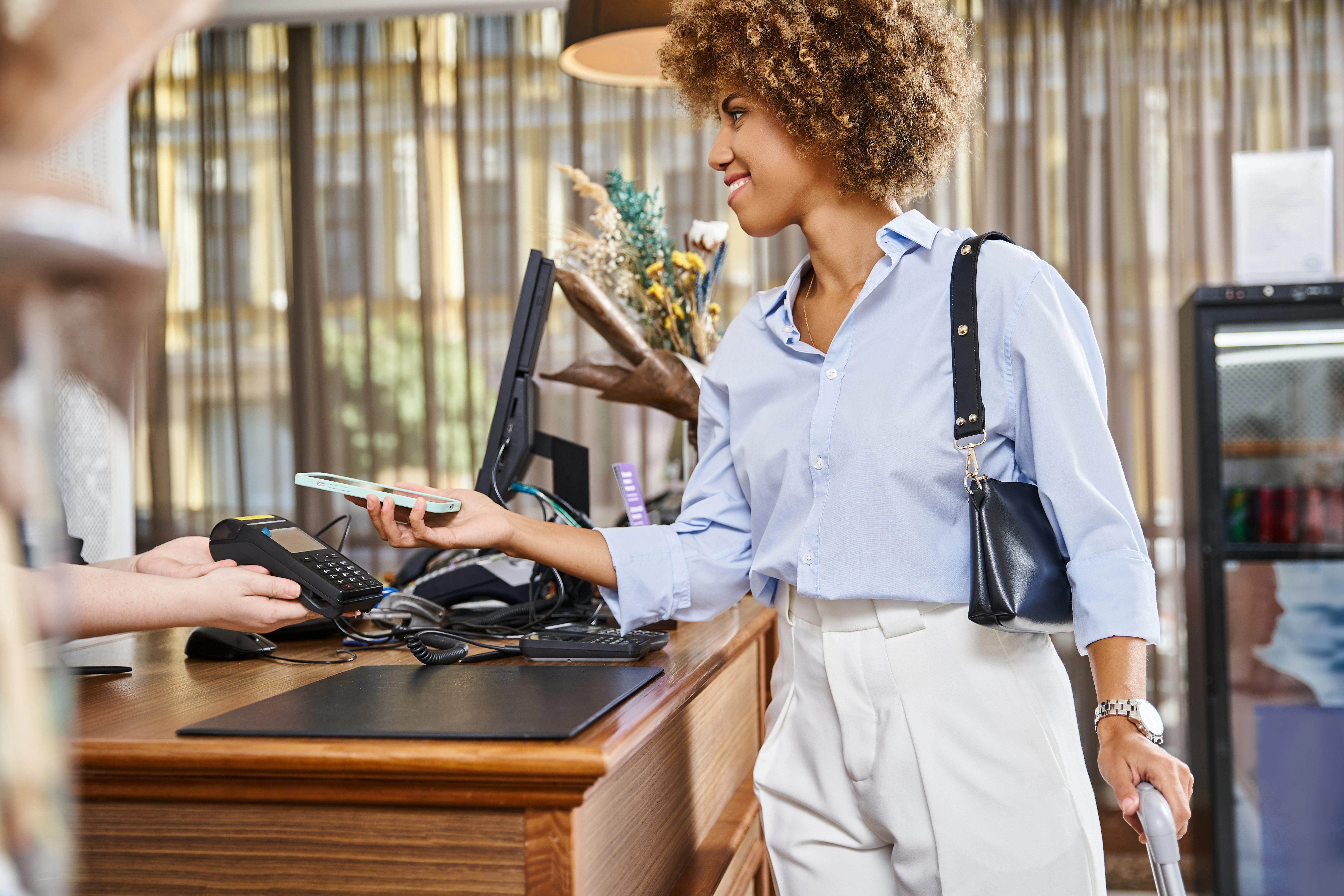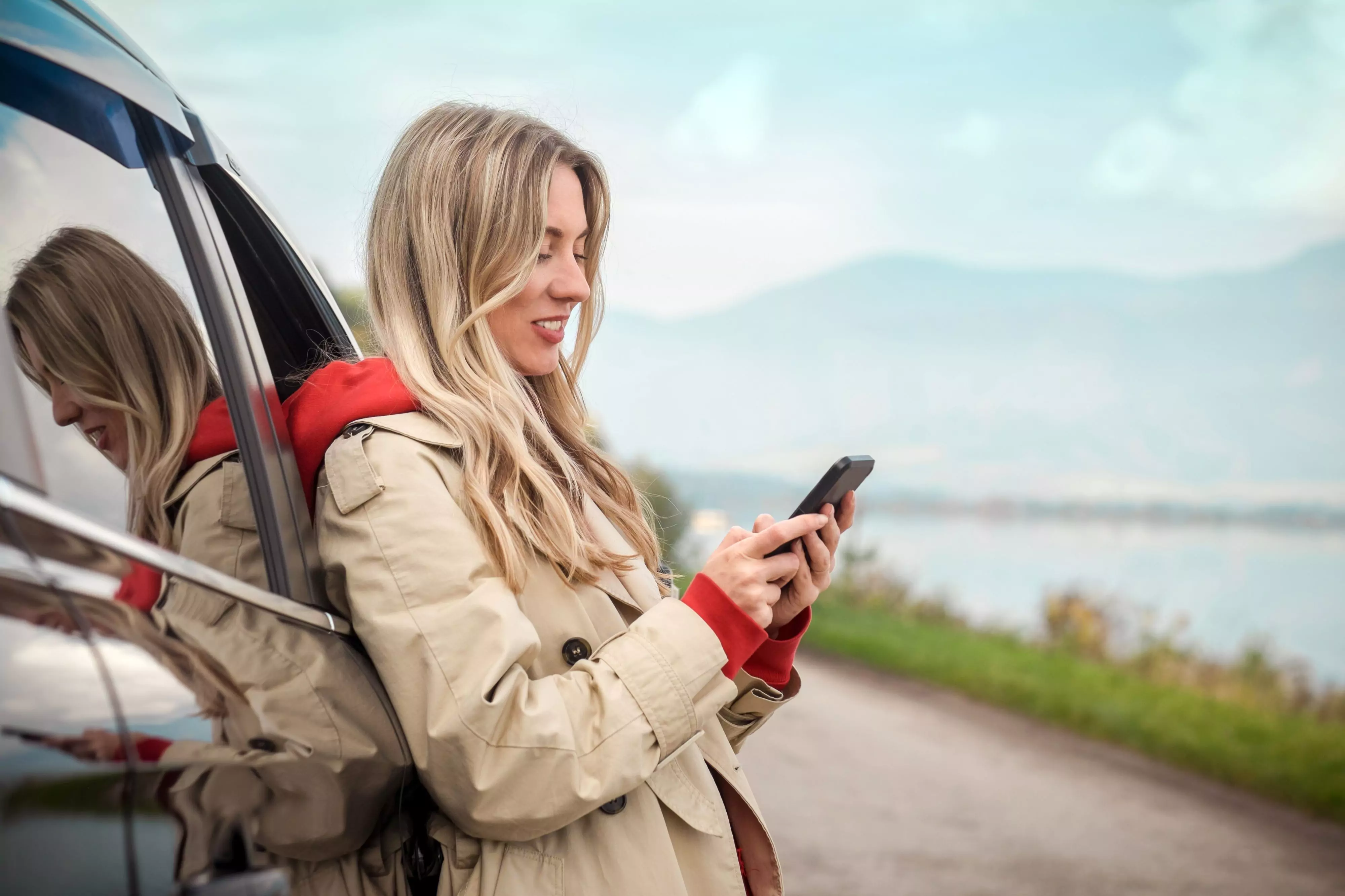The right content and website experience drives online bookings for attractions. If it’s too difficult or confusing to book, the load times are slow, or you don’t have a booking engine, you won’t see bookings. Building a website that is easy to navigate, engaging, and informational is the best way to encourage online bookings. But without a deep marketing budget or large tech team, how can attractions set aside the time, money, and resources to ensure the website experience is smooth and user friendly? We’ve got some tips to make it as easy as possible for your customers to research and book with you.
Make it Engaging
Use Pictures and Video to Say a Thousand Words. People typically scan websites and rely on images to tell the story, so keep words to a minimum. Use callouts, bullets, and short paragraphs, coupled with high resolution images that showcase the best your attraction has to offer. White space is nice; too busy can be overwhelming. Hire a pro! A snapshot on your point-and-shoot camera or smartphone won’t look as good as professional shots. These shots can help a traveler picture the experience. Video is a highly engaging way to get a viewer to think “I want to be there”. Again, hiring an expert is the way to go.
Video content is an excellent marketing tool to transport customers into the experience. Travelers want to know they are going to get a memorable experience, and video is the best way to provide them with a “sneak peek” while they look for inspiration for their next trip or they’re looking for things to do while in-destination. It’s a try-before-you-buy technique that, when done right, can drive those online bookings.
Make it Informational
Write Compelling Copy That Answers Questions and Tells Your Story. Your tour descriptions, headings, and paragraphs all contain keywords that encourage people to visit your website and give the information they need. Most customers don’t book the first time they visit your website–they’re looking to get information to help them decide what to do. Ensure finding answers for your most frequently asked questions is easy. Not sure what those are? Ask your team what questions they hear frequently, in person or over the phone, and build your content around them.
Consider a frequently asked questions (FAQ) page if necessary. If you’ve got an adventurous tour or activity, be diligent about answering safety questions to ease your potential customer’s minds. Build trust before your customers arrive and save time you’d spend answering those questions in the process. Use strong and actionable headings and keep the copy short and to the point. Bullet points are a great way to convey your message and offer the option to skim. Stick to your brand voice and keep it conversational – remember, your customer is looking to have some fun! Get creative in your descriptions.
Many travelers are curious about your story. Utilize an ‘About Us’ page. Share your mission, your values, and what your attraction strives to do. Let travelers know what sets you apart. Prove It! Most often, you won’t win your customer over on the first visit to your site. Several interactions can occur before a booking happens.
Use “social proof”, or third-party proof, to show that your experience is the best. People trust people. Including positive reviews, testimonials, awards, links out to your social media pages to showcase customer engagement, logos from partnerships, or positive mentions can all help drive attendance.Make your social icons easy to find so travelers can follow your content and share it on their news feeds. Post often, share photos, run contests, and offer discounts to foster more engagement.
Make it Easy to Navigate
Make it Easy to Book Directly on Your Website. Think about a great booking experience—like on Amazon—how many clicks does it take to buy something? People are used to an easy check out experience and will abandon you for someone else if they can’t get it. Tell your visitors what to do next and guide them through the booking funnel. Make sure your call to action (CTA) button can be found without scrolling. The button should not be the same color as your background, make it stand out.
Is it easy on your mobile phone to make “finger bookings”? As a consumer, you know what a good experience looks like, so test it out on your own mobile website. Use a strong verb to let the visitor know what action they’re taking: book, subscribe, learn, join, download, reserve. Limit the required fields to do so. Only ask what you need to know, like name and email address. When the booking is complete, send an automated confirmation to ease the visitors mind that the booking was successful. The more bookings you’re getting on your website, the less commissions you’re giving to OTAs, partners, and resellers.
Need help driving more qualified leads to your website? Contact us today.





